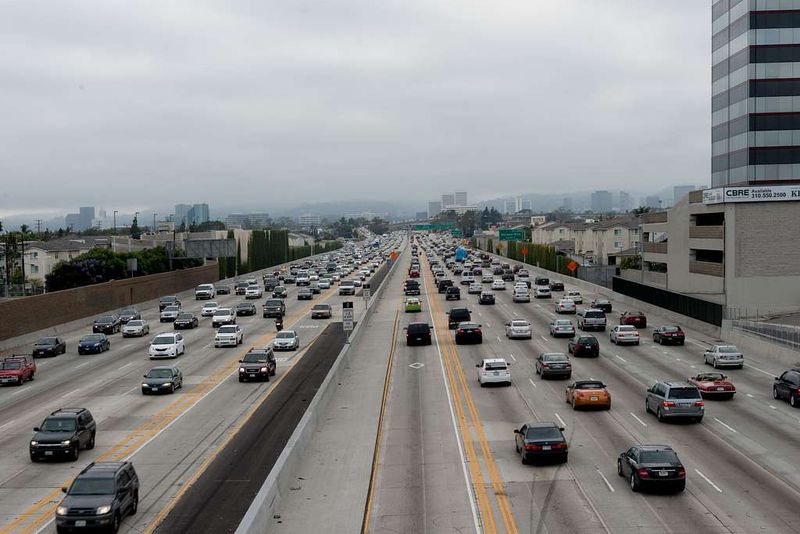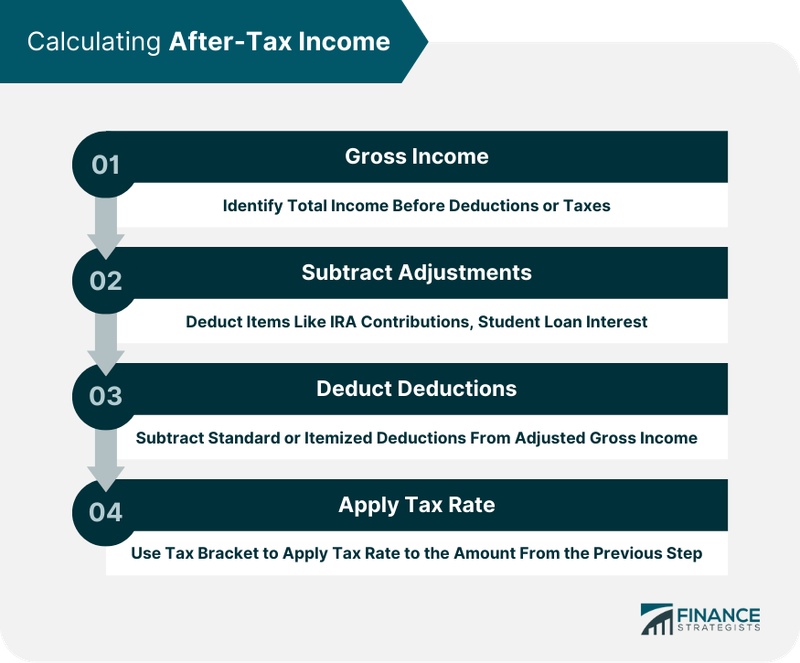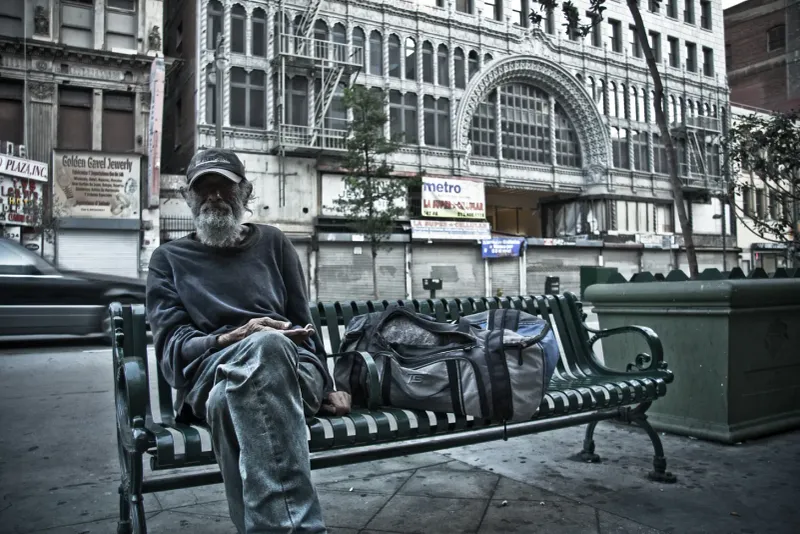Moving to Los Angeles sounds like a dream—sunny weather, beaches, and endless opportunities in entertainment and tech. But the reality of relocating to this sprawling city comes with some serious hurdles that catch many newcomers off guard. From sky-high rent prices to hours stuck in traffic, LA presents challenges that require careful planning and realistic expectations.
High Cost of Living & Housing Pressure
Renting or buying property in Los Angeles ranks among the most expensive housing markets across the entire United States. Even compared to other major cities, LA pushes budgets to their absolute limits. Housing shortages throughout California have made the situation worse, driving prices even higher for both renters and buyers.
Beyond just rent or mortgage payments, newcomers quickly discover that deposits, utilities, commuting costs, and insurance all pile up fast. What seemed like a manageable budget back home suddenly feels stretched thin. Many people underestimate these additional expenses until they’re already settled in.
Planning ahead with a realistic financial cushion becomes essential for anyone considering the move to LA.
Long Commutes & Traffic Woes
LA’s reputation for terrible traffic isn’t exaggerated—it’s one of the most car-dependent cities in America. The urban sprawl means neighborhoods spread out over massive distances, making long travel times unavoidable for most residents. Rush hour congestion can turn a twenty-minute drive into an hour-long nightmare.
Choosing where to live becomes a strategic decision that impacts your entire daily routine. Living close to work or near decent public transit can save you hours each week and reduce stress significantly. Unfortunately, those convenient locations often come with premium price tags.
Time lost sitting in traffic adds up quickly, affecting both your schedule and your mental well-being in ways you might not expect.
Housing Competition & Rental Market Intensity
The moment a decent apartment hits the market in a popular LA neighborhood, dozens of applications flood in within hours. Competition for housing reaches intense levels that shock people coming from smaller cities or towns. Landlords can afford to be extremely selective about who they choose as tenants.
Strong credit scores, solid references, and the ability to make quick decisions become absolute necessities. Hesitate for even a day, and someone else will snatch up that perfect place you were considering. The pressure to decide fast can lead to settling for less-than-ideal living situations.
This frantic pace makes the already stressful process of moving even more overwhelming for newcomers trying to establish themselves.
Varied Neighbourhood Profiles & Finding Your Fit
Los Angeles isn’t really one city—it’s a collection of distinct neighborhoods, each with its own personality, culture, and price point. Santa Monica feels completely different from Downtown, which bears no resemblance to Silver Lake or Pasadena. Understanding these differences before committing to a lease matters enormously.
Picking the wrong neighborhood can seriously impact your quality of life in ways you didn’t anticipate. Maybe you’re too far from work, too isolated from your social scene, or stuck paying premium prices for amenities you don’t use. Location affects everything from your commute to your social life.
Researching neighborhoods thoroughly and visiting them at different times helps avoid costly mistakes that are hard to fix once you’ve signed a lease.
Lifestyle Pace & Social Integration
LA attracts ambitious people chasing dreams in entertainment, technology, and creative industries, creating an environment that buzzes with energy but can also exhaust you. Everyone seems to be hustling, networking, or working on their next big project. The pace never really slows down.
Building genuine friendships and community connections takes deliberate effort in a city where everyone’s schedule stays packed. People coming from smaller towns or tight-knit communities often feel isolated at first, surrounded by millions yet struggling to find their tribe. Surface-level interactions come easy, but deeper bonds require patience.
Joining clubs, attending regular meetups, or finding neighborhood hangouts helps create the sense of belonging that doesn’t happen automatically in LA.
Environmental & Natural-Disaster Risk
Living in Southern California means accepting certain environmental realities that people from other regions rarely think about. Wildfires threaten hillside communities during dry seasons, earthquakes can strike without warning, and air quality suffers due to geography and weather patterns. These aren’t rare occurrences—they’re part of life here.
New residents need proper insurance coverage, evacuation plans, and emergency supplies ready for potential disasters. Many people don’t consider these factors until they’re already living in LA and experiencing their first fire season or tremor. The costs and mental preparation required catch folks off guard.
Understanding and accepting these risks becomes part of the decision to call Los Angeles home for the long term.
High Taxes & Cost of Utilities
California’s tax rates rank among the highest in the nation, and that reality hits home when you see your first paycheck after moving. State income taxes take a bigger bite than many people expect, especially those relocating from states with no income tax. But taxes tell only part of the story.
Utilities, gas prices, parking fees, and other daily expenses add up to create a cost-of-living burden that exceeds most estimates. These hidden costs chip away at your budget in ways that aren’t obvious until you’re living there. What seemed like a good salary suddenly doesn’t stretch as far.
Calculating your true take-home income after all these expenses helps set realistic expectations about your actual purchasing power in LA.
Transit & Car Dependency
While LA has made improvements to its public transit system, most of the city still requires owning a car to live comfortably. Buses and trains exist but don’t reach everywhere with the frequency or convenience needed for daily life. Without a vehicle, your options for housing, employment, and social activities become severely limited.
Car ownership brings its own set of challenges and expenses that add to your budget. Insurance rates, parking costs, maintenance, and California’s high gas prices all become regular financial obligations. For people used to walking or using robust public transit, this adjustment feels significant.
Factoring in vehicle-related expenses when budgeting for your LA move prevents unpleasant surprises after you arrive.
Housing Shortage & Affordability Crisis
Southern California faces a long-running housing shortage that shows no signs of quick resolution. The region simply doesn’t have enough homes and apartments to meet demand from people who want to live there. This fundamental imbalance drives up rents, makes listings hyper-competitive, and limits affordable options for average earners.
The shortage affects more than just your monthly rent payment—it impacts your ability to save money, find stable long-term housing, and build financial security. Many residents find themselves stuck in a cycle of expensive rentals with little hope of ever affording to buy. The crisis touches every income level.
Understanding this structural problem helps set realistic expectations about your housing journey in Los Angeles over the coming years.
Social & Economic Inequalities Visible in Urban Life
Los Angeles displays stark contrasts between wealth and poverty that can feel jarring, especially for newcomers. Luxury cars and mansions exist blocks away from tent encampments and struggling neighborhoods. The homelessness crisis remains highly visible throughout the city, and civic infrastructure often seems overwhelmed by the scale of need.
While some residents enjoy comfortable or even lavish lifestyles, many others face rising costs and precarious living situations. This inequality isn’t hidden away—it’s part of daily life that you’ll encounter on most streets. For people from more economically uniform communities, this reality takes adjustment.
Being aware of these social issues helps you understand the complex city you’re joining and where you fit within its economic landscape.














